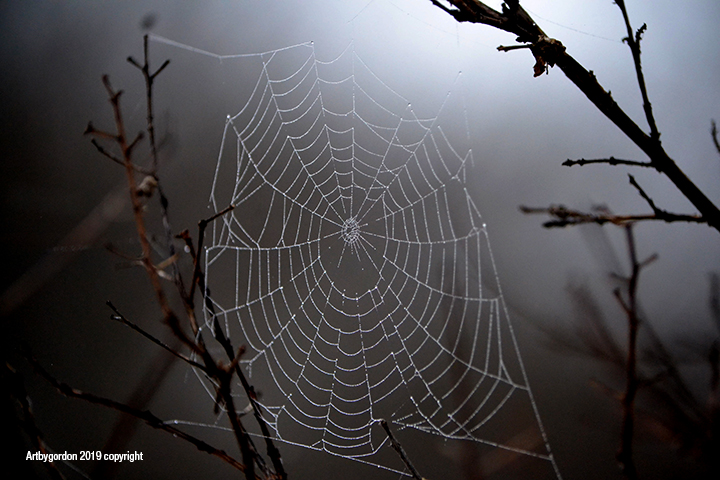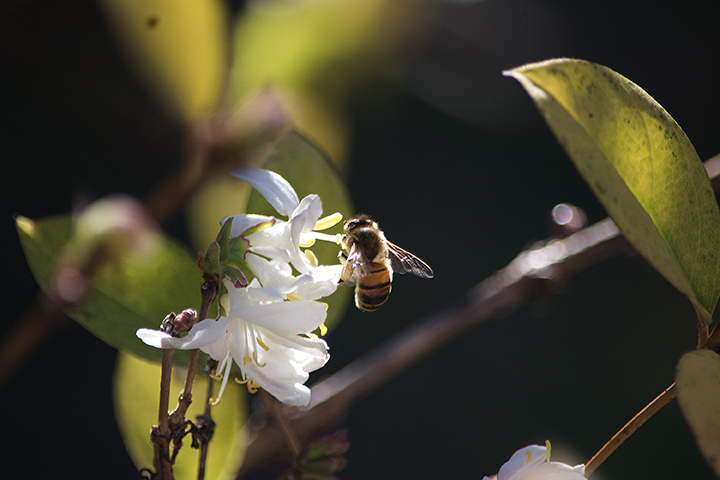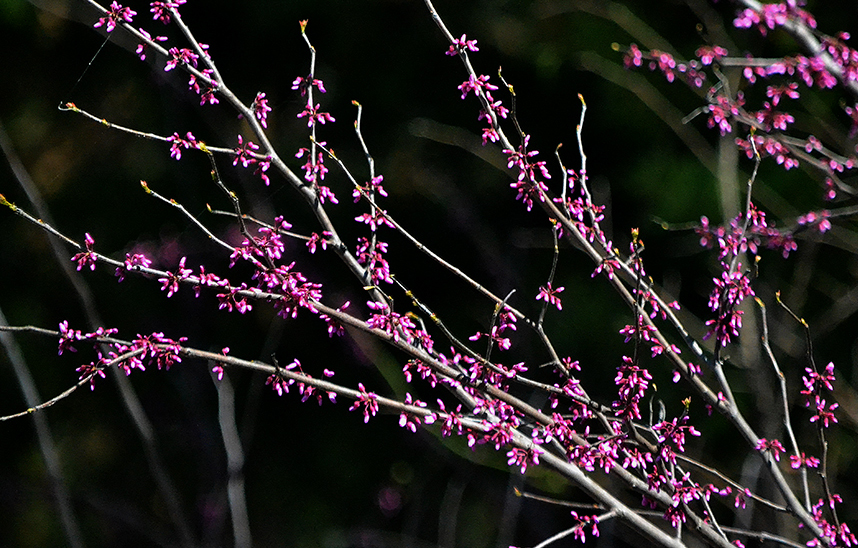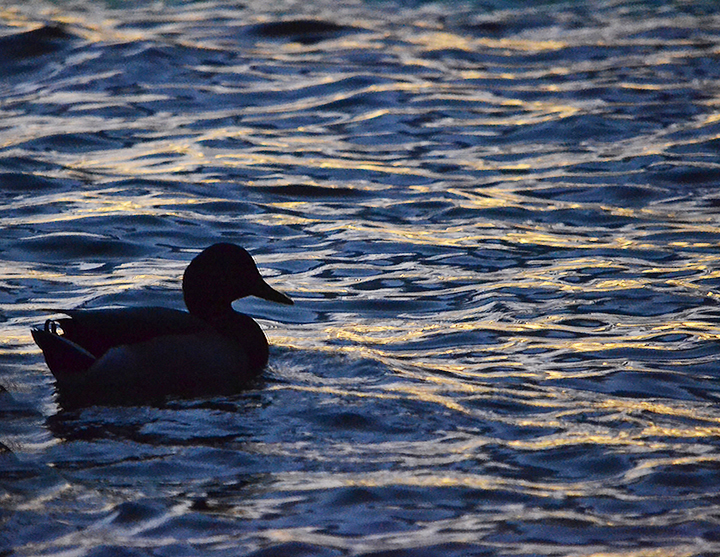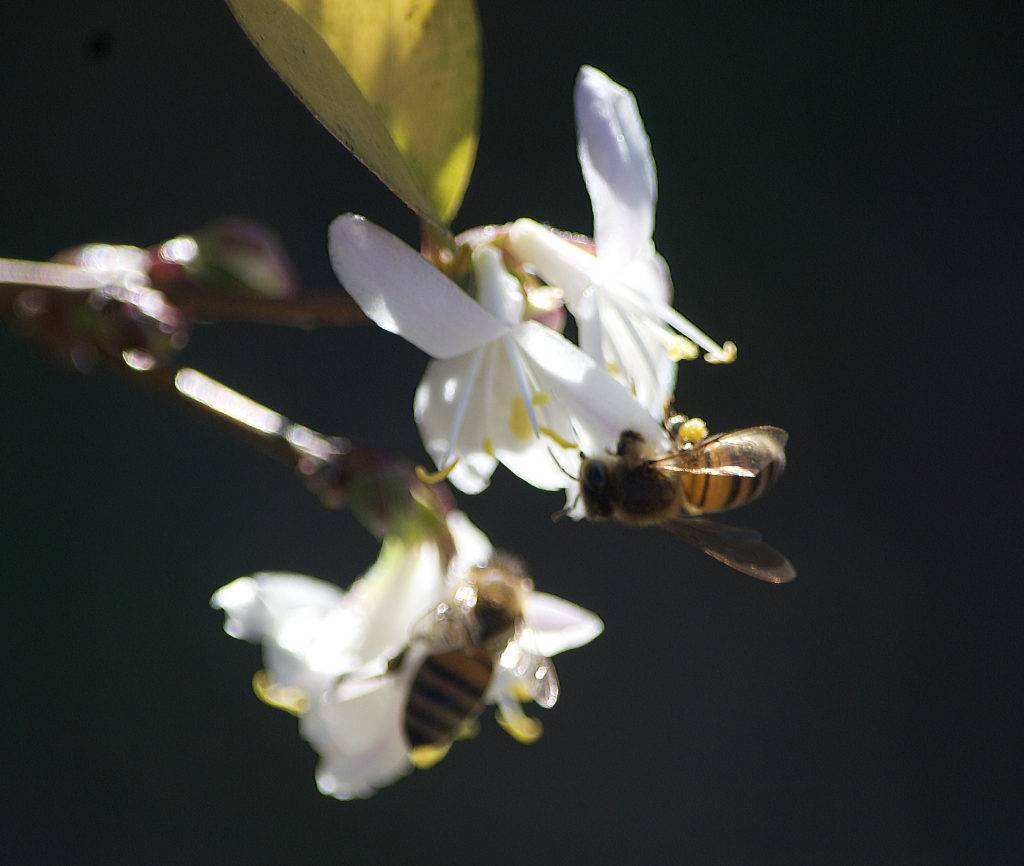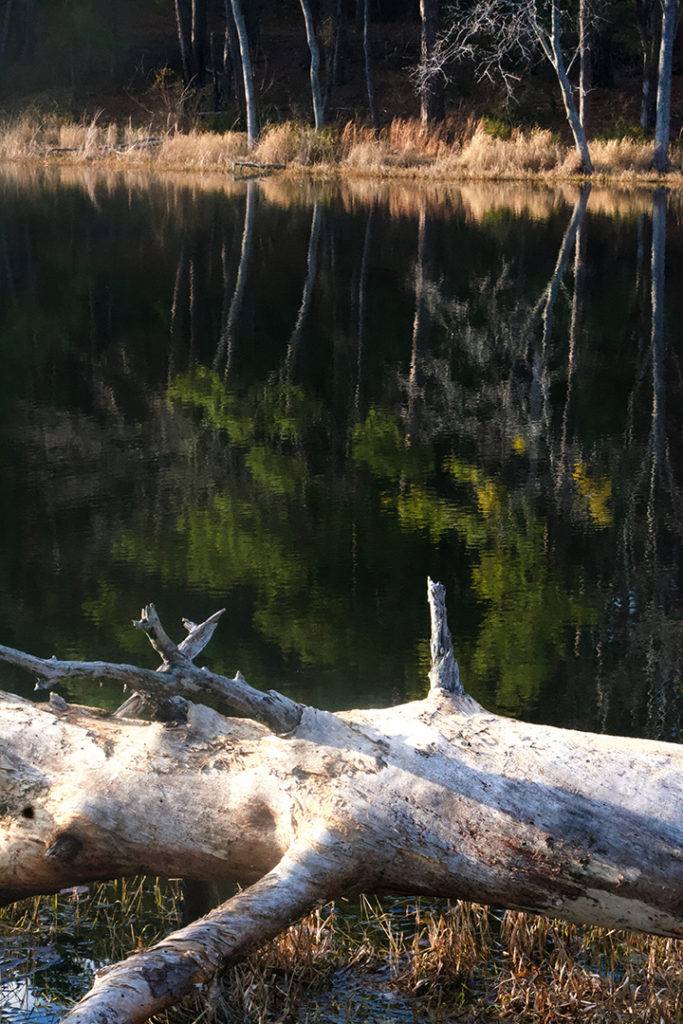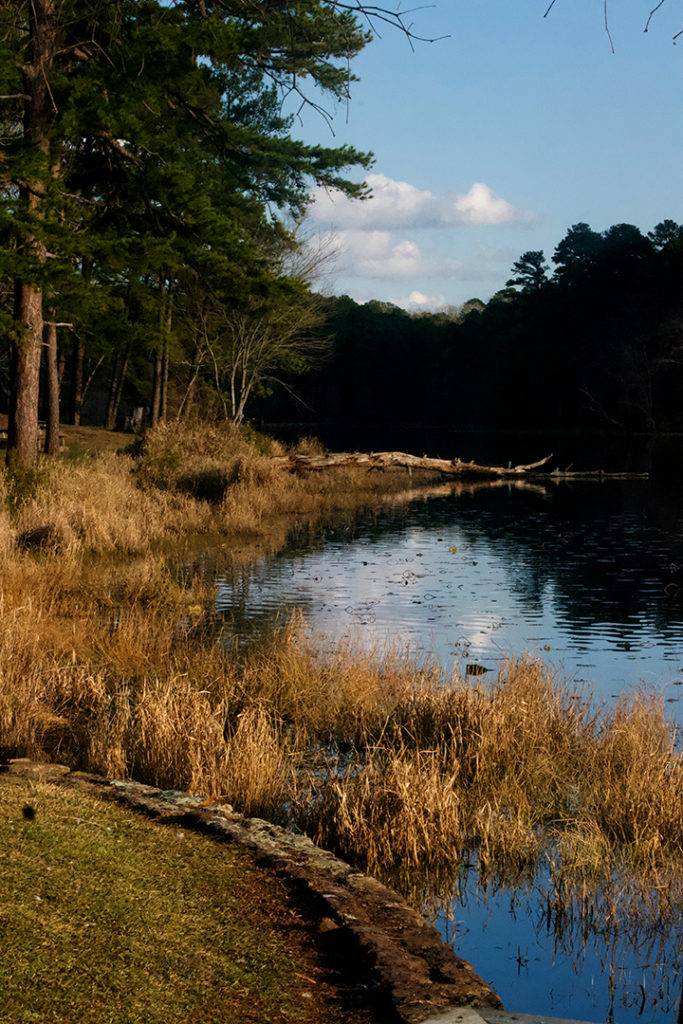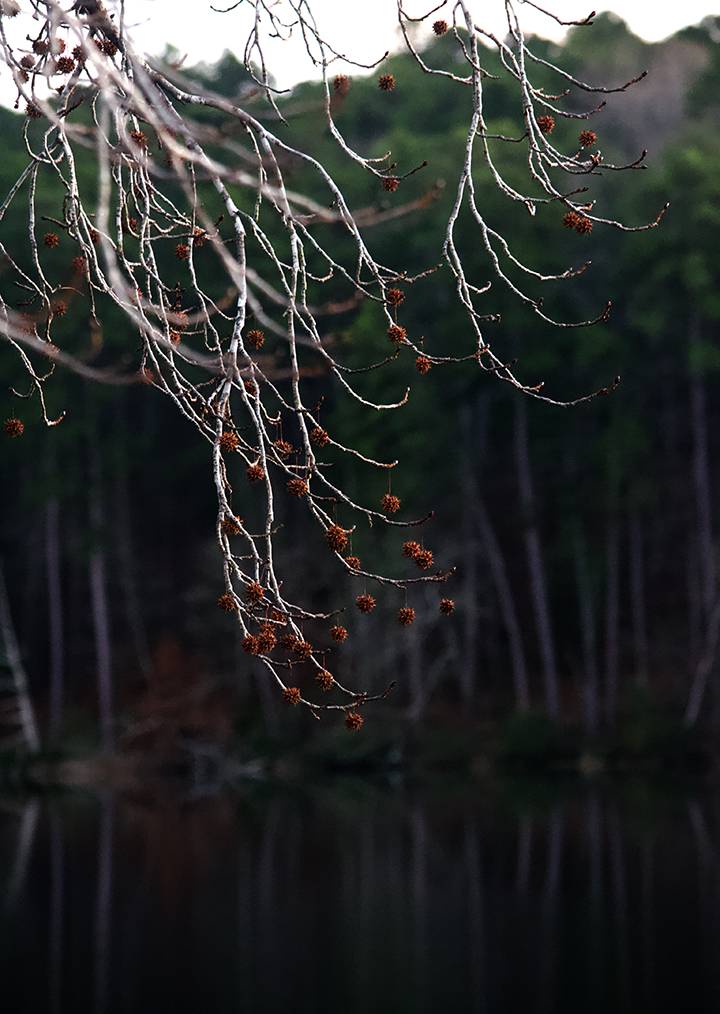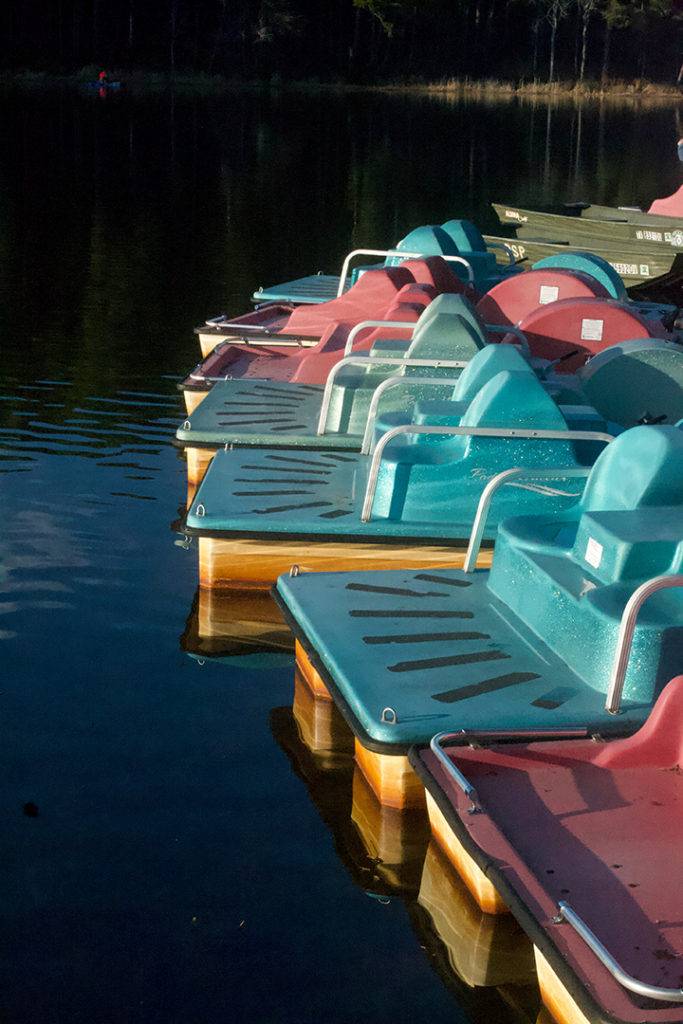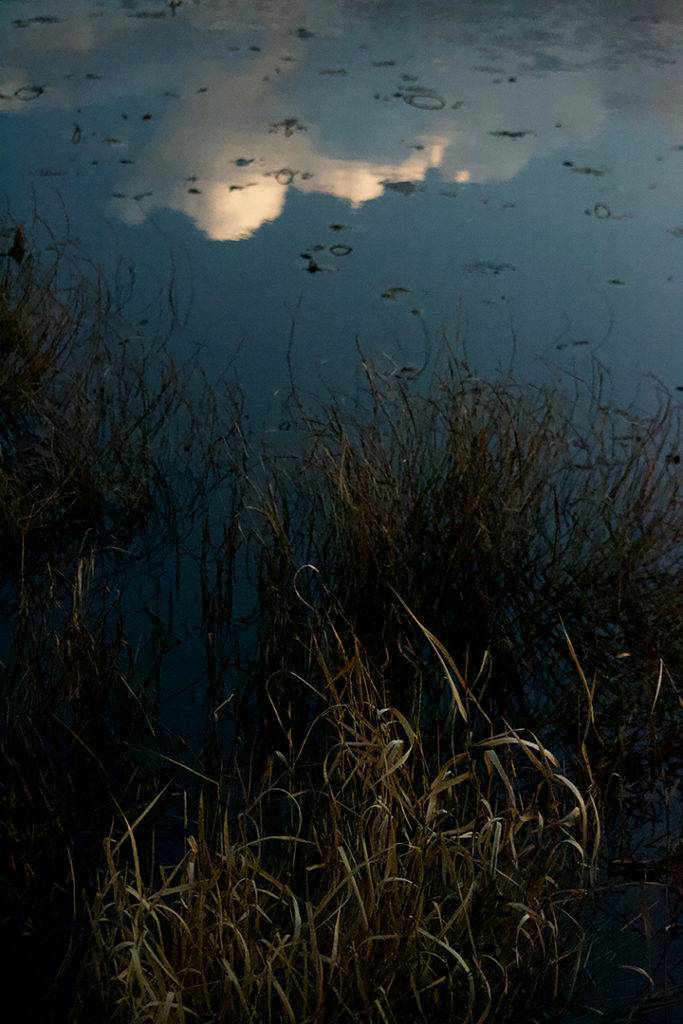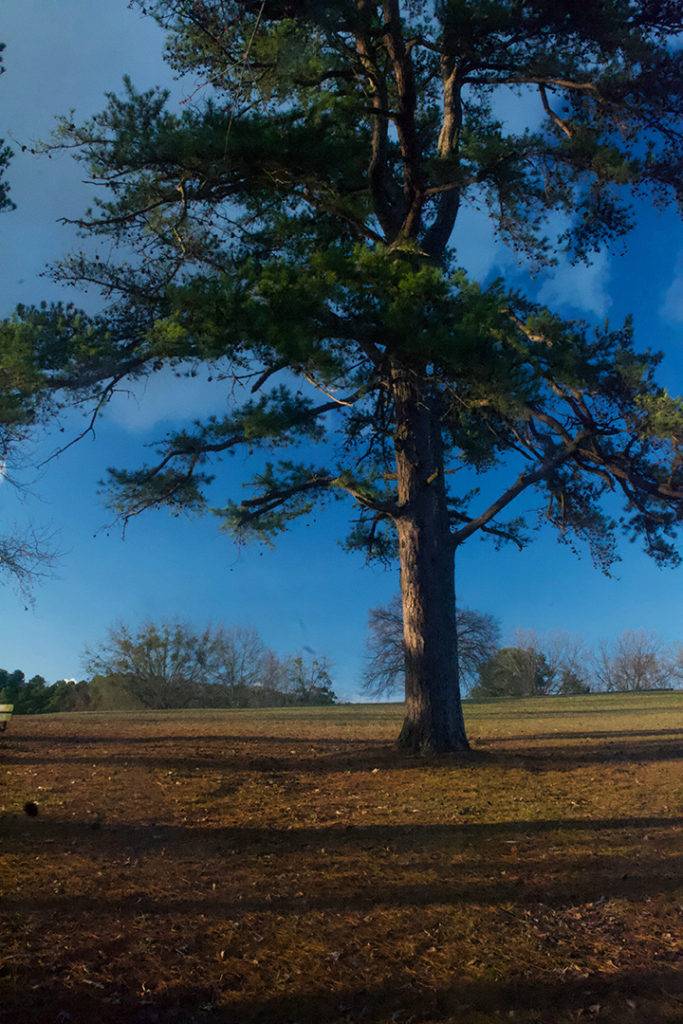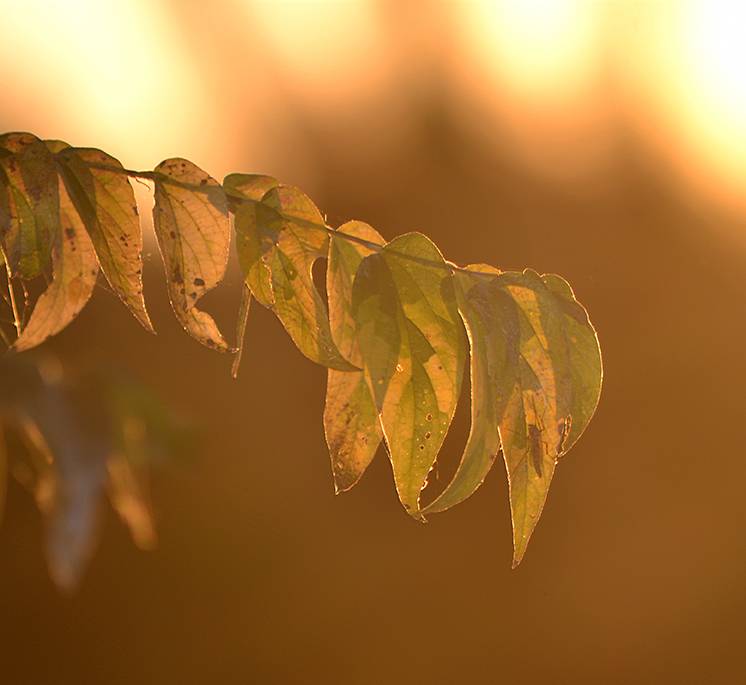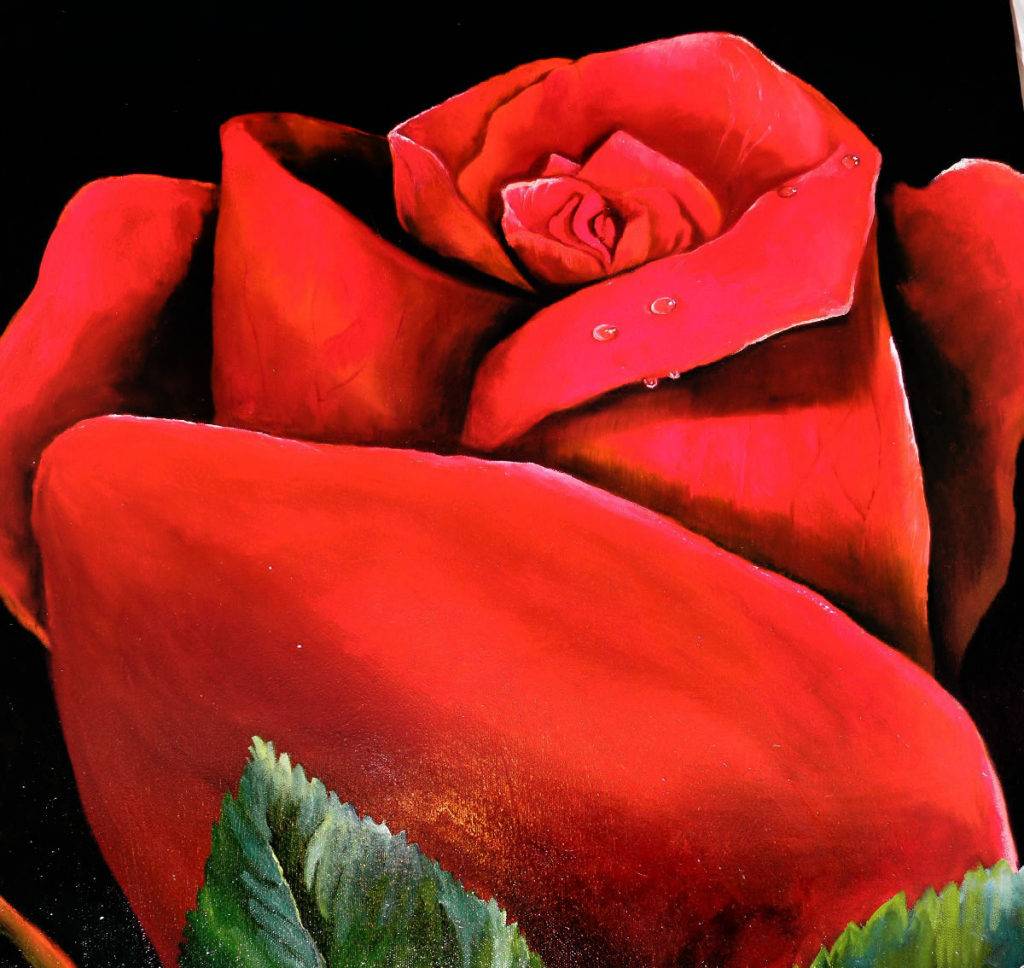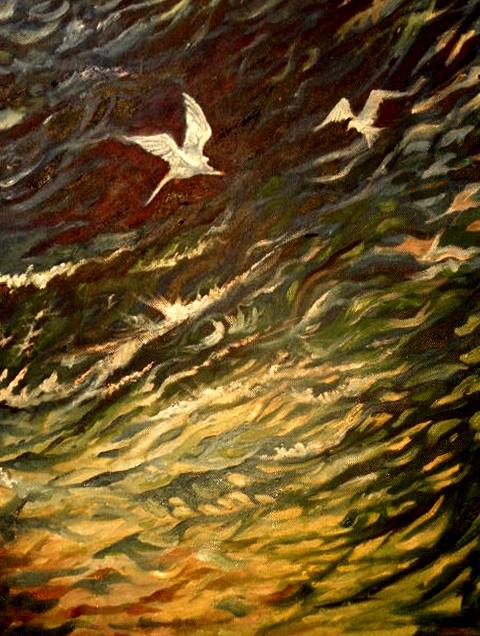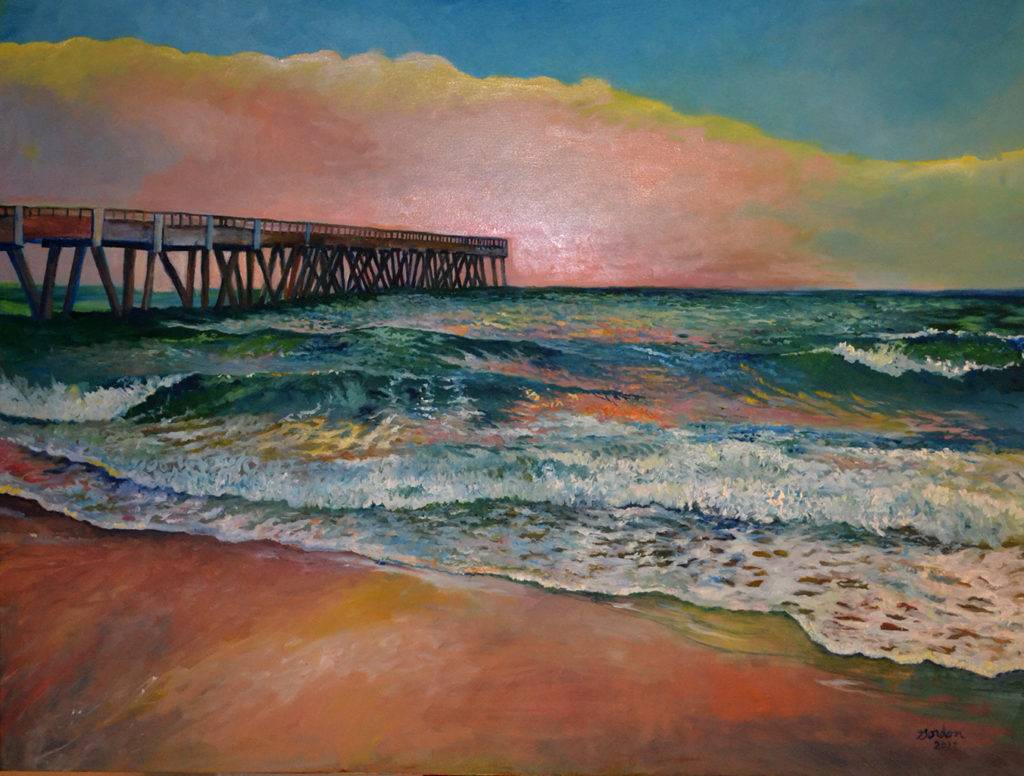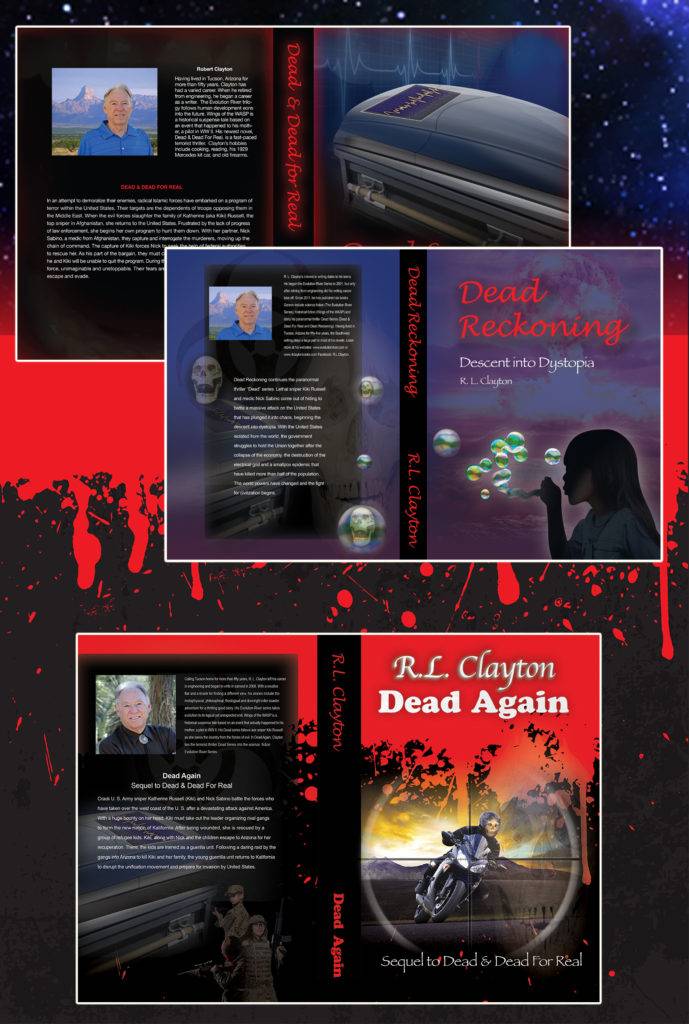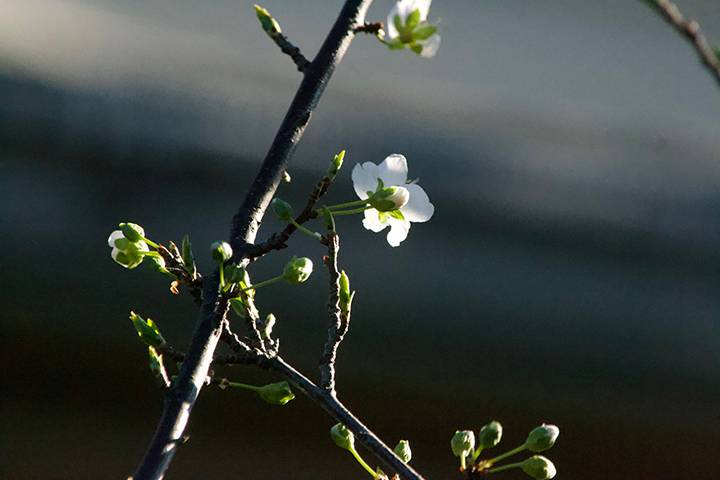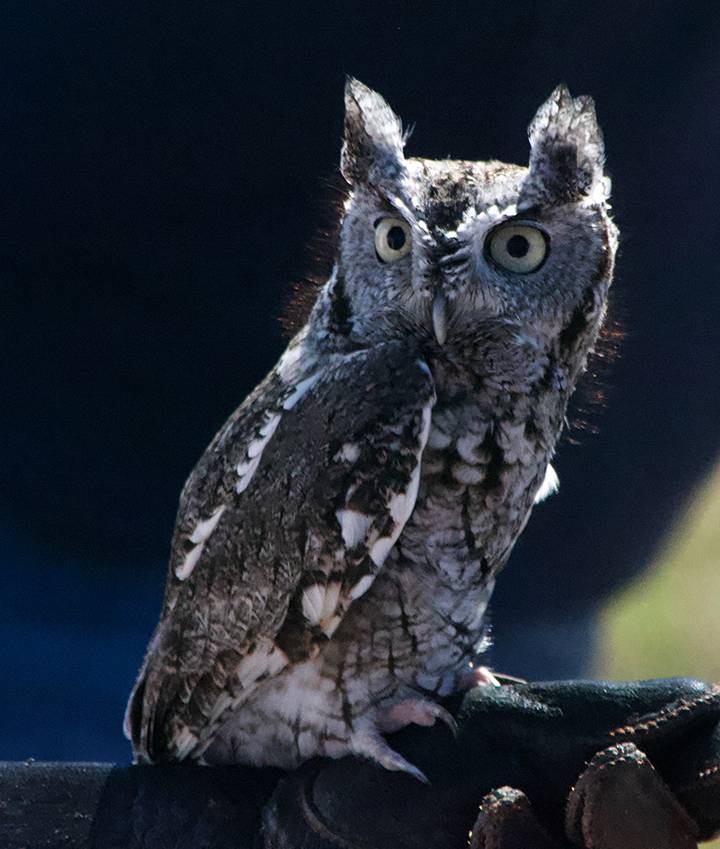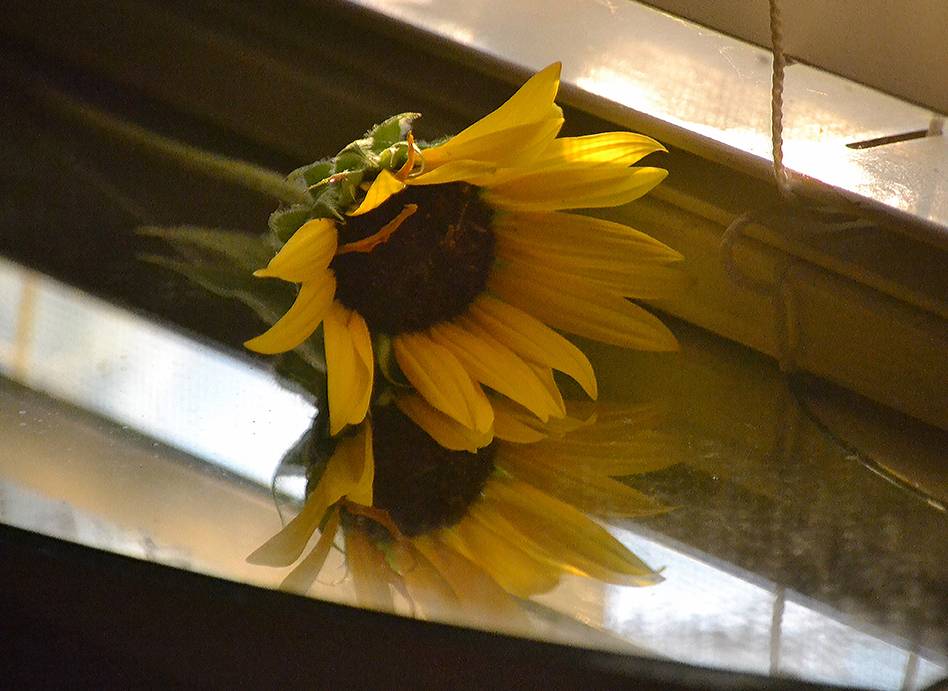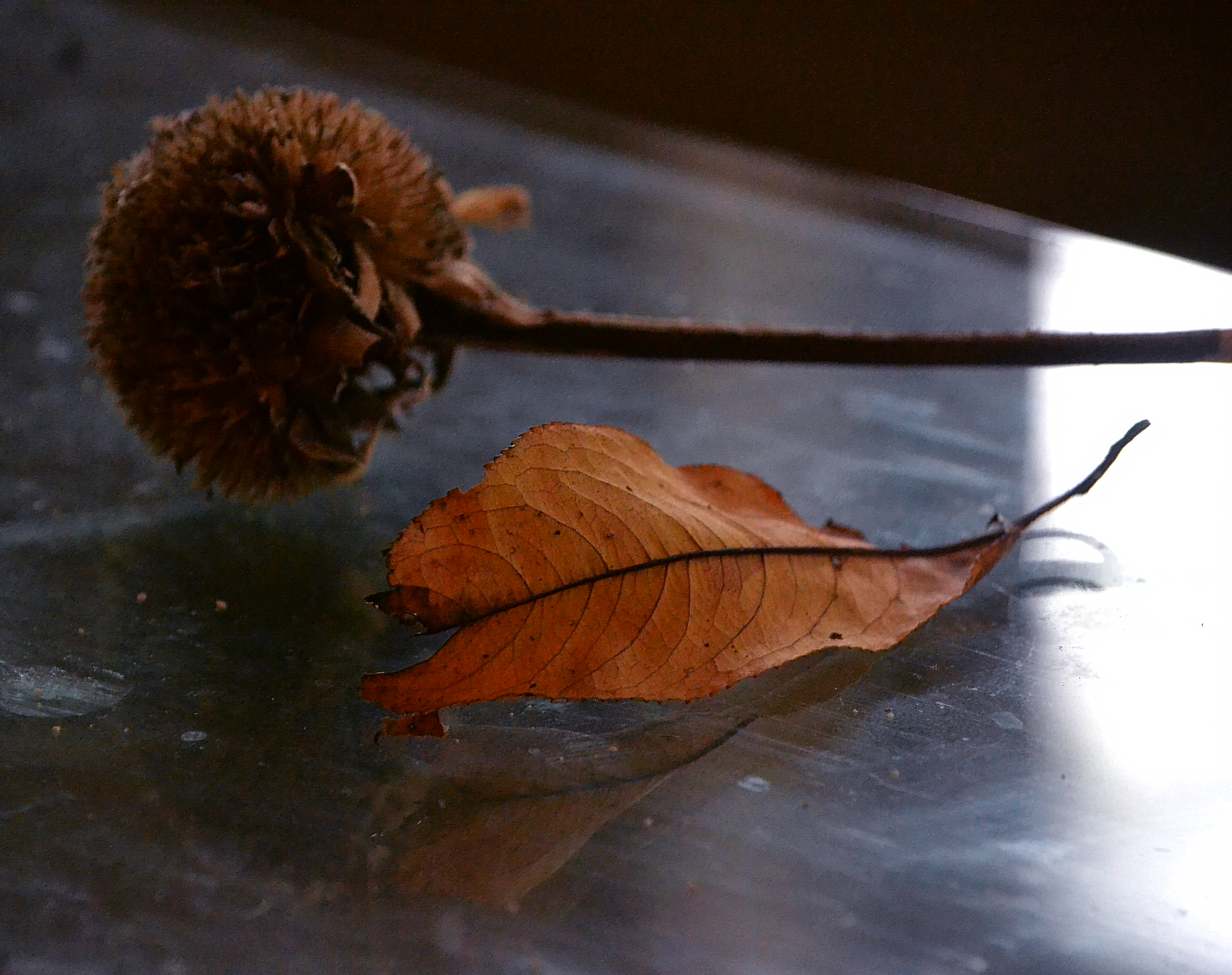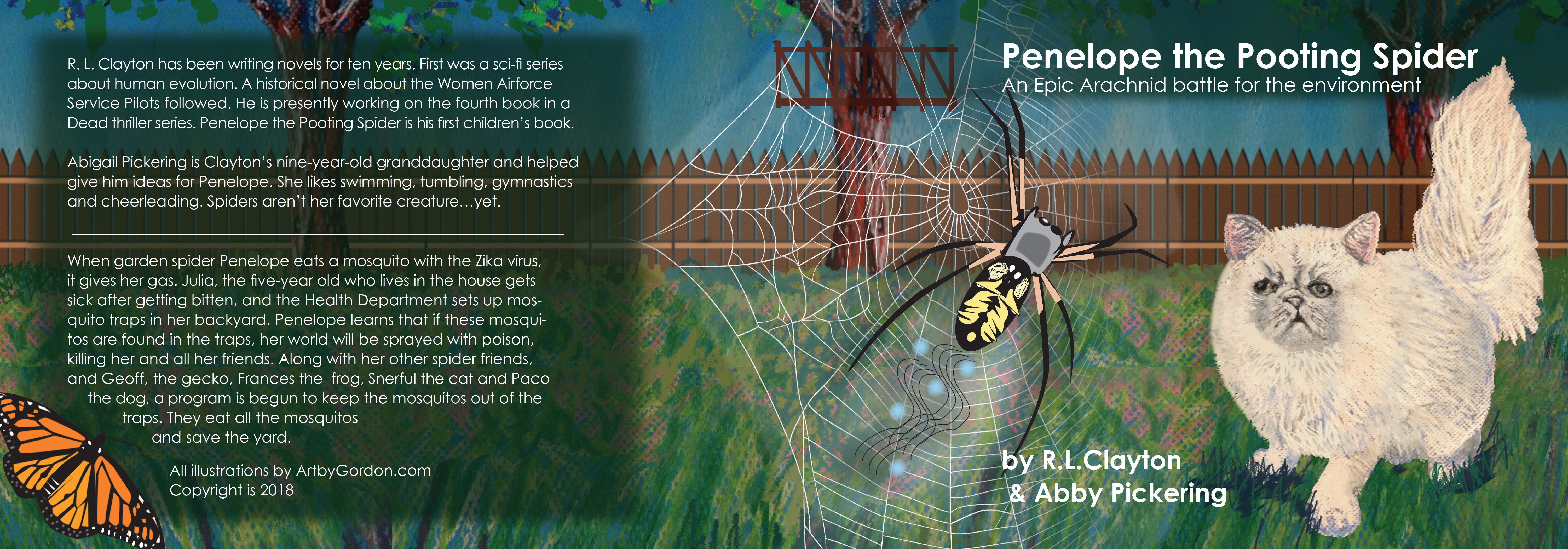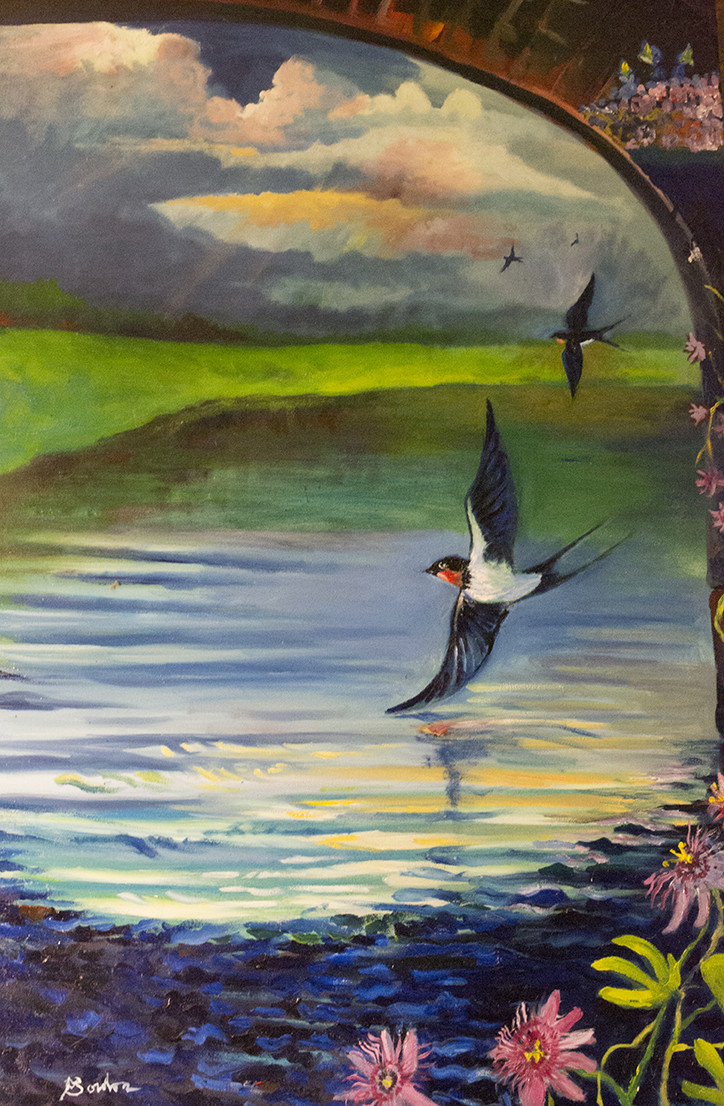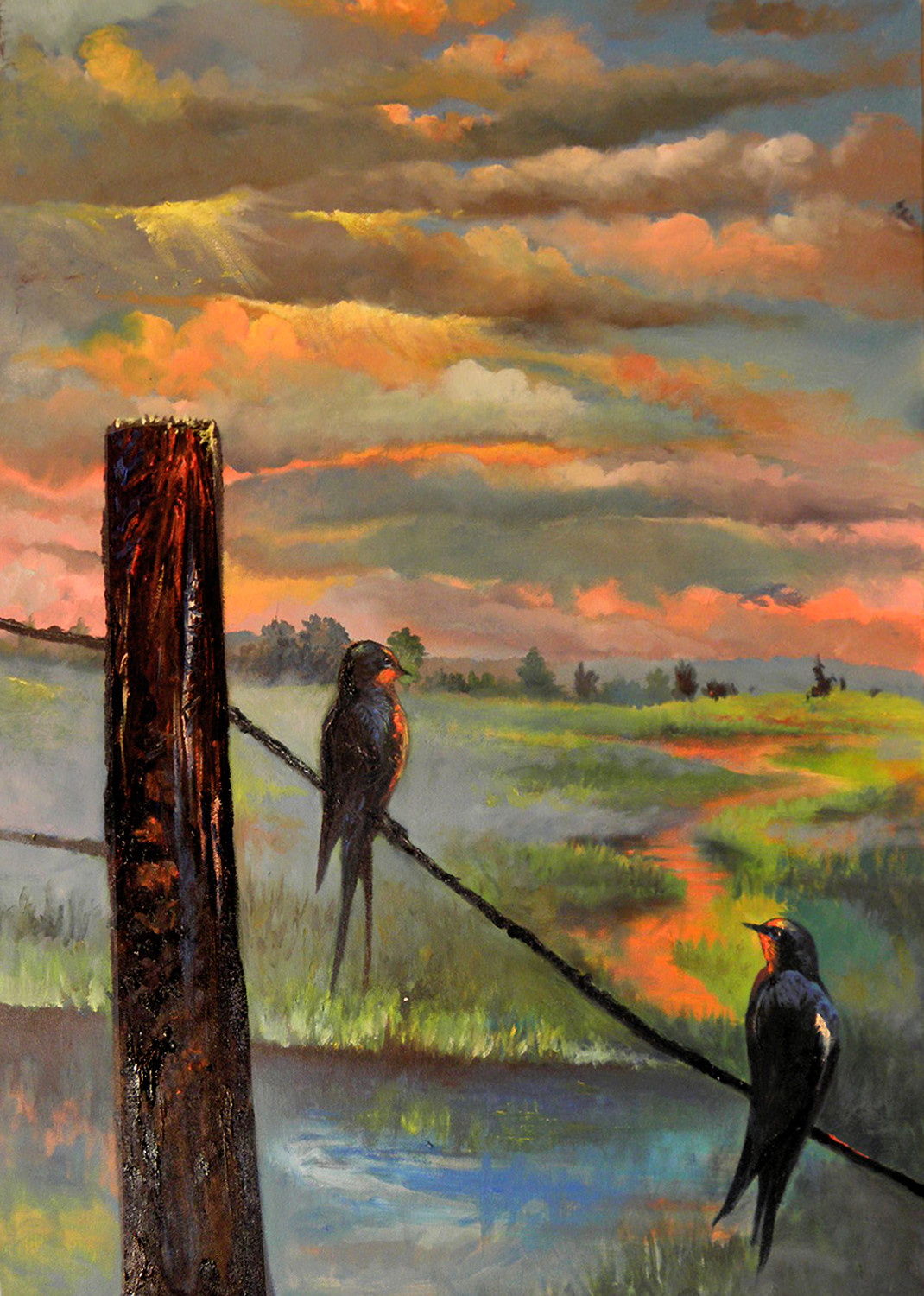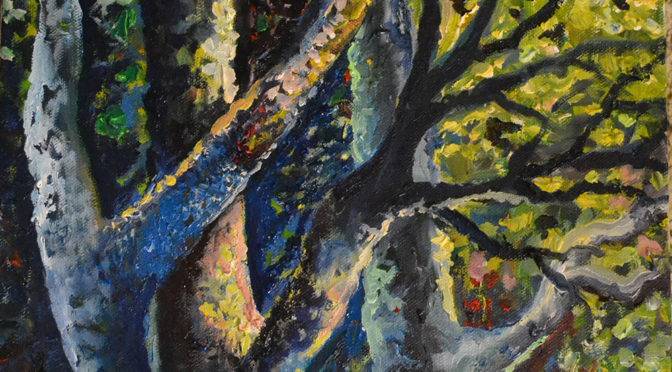A Lesson in Art: Distance and Perspective: There’s a cavern in California called the Moaning Caverns. My son and I explored it on a trip to California, when him and I were much younger. So what does the cavern have to do with a lesson in art and Perspective?
You can fit the Statue of Liberty-minus the pedestal- in the first and largest single cavern space in California but looking up you would never have imagined the space to be so large.
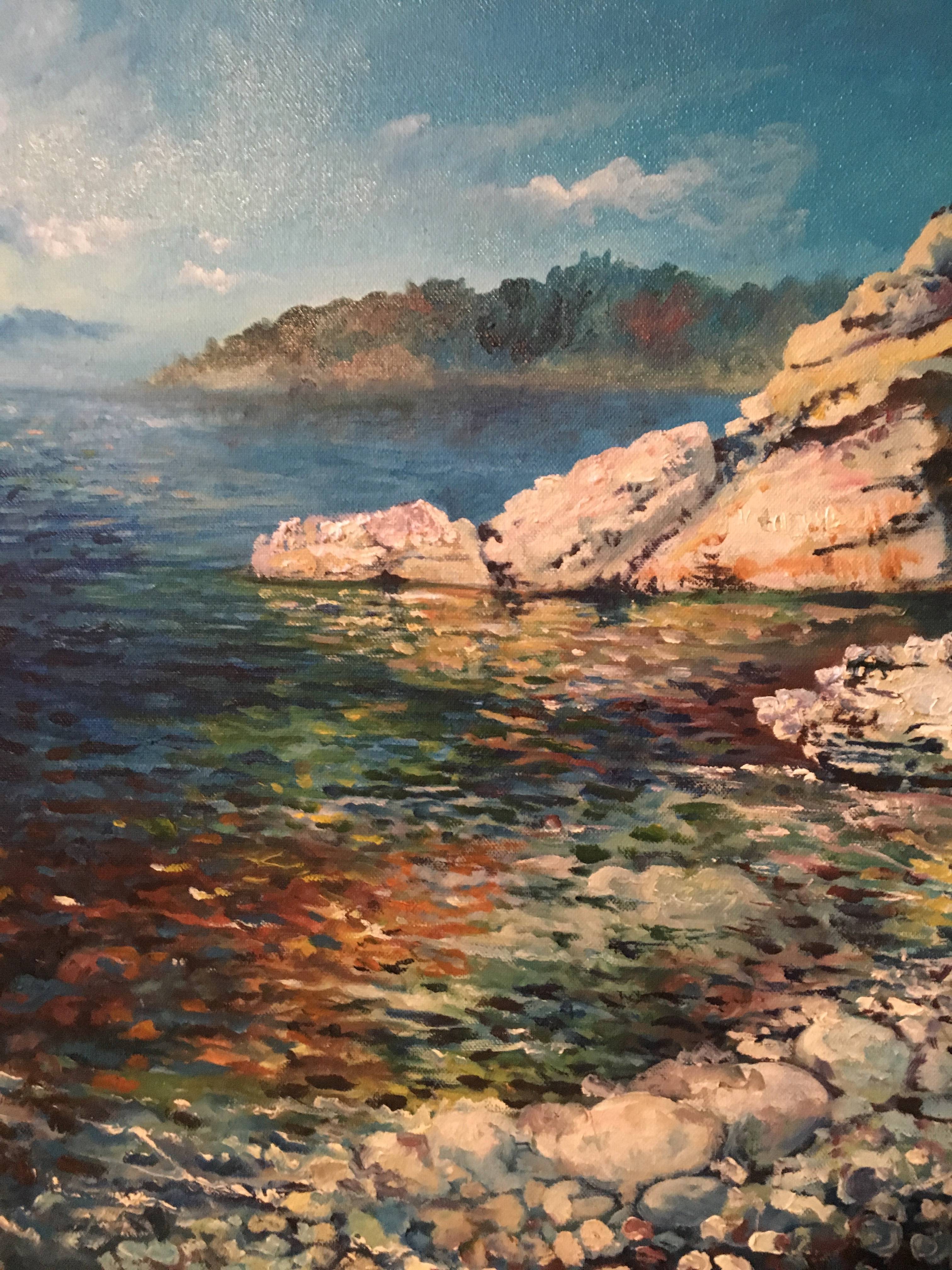
What is missing is perspective, large to small rocks, colors, etc-you know the distance is there but there are no cues to prove it to your eye. In creating art with depth, you also have no cues to explain distance and allow the viewer to truly experience the space you’ve created because it is on a flat dimension.
Have you ever photographed a great expanse of a landscape and you couldn’t understand why the results were less than spectacular compared to how it looked? It all has to do with cues that explain distance and perspective.
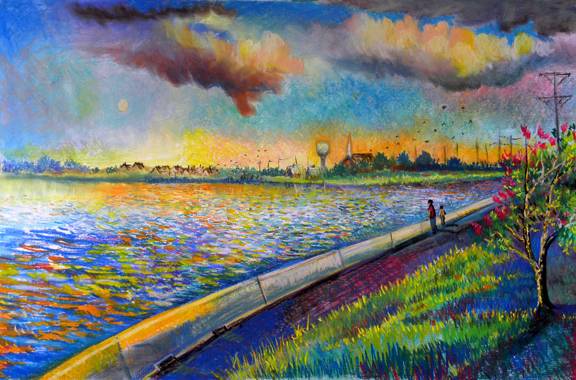
Art Lesson: Visual Cues act as Tools
In art you have several tools to explain to the viewer what you are trying to describe:
Color: The change in color denotes distance.
Value: The shades of color, intensity, etc. all show the viewer there is distance and gives the image its perspective.
Perspective: The eye sees images that get smaller as they sit further back into the distance, giving these cues give the viewer the dimension that is really just an illusion on a flat canvas.
Converging elements: To further support perspective-a line that moves through your image allows the viewers’ eye to go where you intend them to go and experience the image and the artists’ intention of space.
A work of art is much like an illusion a magician creates, the control and the process in which the Artist leads the viewer through the flat image will allow the viewer to experience a painting as it was intended.
HOMEWORK: Photograph an expansive landscape with no thought of perspective or color, etc. Next photograph the same landscape only instead choose a dominant image to showcase and allow that image to lead the viewers eye into the photo-make a note of the difference in the final product and share your experience.


